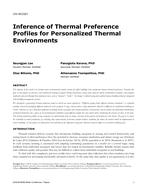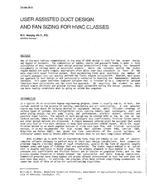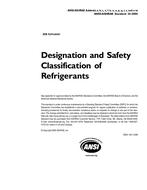This paper presents the results of a study investigating the energy and daylight performance of anisotropic angular selective glazings. The DOE-2.1E energy simulation program was used to determine the annual cooling, lighting, and total electricity use and peak electric demand. RADIANCE, a lighting simulation program, was used to determine daylight illuminance levels and distribution. We simulated a prototypical commercial office building module located in Blythe, California. We chose three hypothetical conventional windows for comparison: a single-pane tinted window, a double-pane low-E window, and a double-pane spectrally selective window. Daylighting controls were used. No interior shades were modeled in order to isolate the energy effects of the angular selective glazing. Our results show that the energy performance of the prototype angular selective windows is about the same as conventional windows for a 9.14 m (30 ft) deep south-facing perimeter zone with a large-area window in the hot, sunny climate of Blythe. It is theoretically possible to tune the angular selectivity of the glazing to achieve annual cooling energy reductions of 18%, total electricity use reductions of 15%, and peak electric demand reductions of 11% when compared to a conventional glazing with the same solar-optical properties at normal incidence. Angular selective goslings can provide more uniformly distributed daylight, particularly in the area next to the window, which will result in a more visually comfortable work environment.
AUTHOR: Robert Sullivan, Liliana O. Beltran, Ph.D., Eleanor S. Lee, Michael D. Rubin, Ph.D. , Stephen E. Selkowitz
CITATION: Thermal Performance of the Exterior Envelopes of Buildings VII
KEYWORDS: December, Florida, 1998
YEAR: 1998
Citation: Thermal Performance of the Exterior Envelopes of Buildings VII
Product Details
- Published:
- 1998
- File Size:
- 1 file , 290 KB
- Product Code(s):
- D-8089


